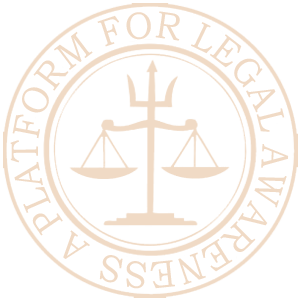The model law on Cross border Insolvency was adopted in 1997 by the United Nations Commission for establishing an efficient platform for transactions relating to cross border Insolvency. The regime of cross border insolvency was brought in after the financial crisis that occurred in the 1990’s to resolve the disputes pertaining to cross border insolvency in an efficient manner. The model law provides direct access in the domestic proceedings in the matters of Insolvency, to the foreign professionals as well as the creditors. The framework allows for the recognition of the foreign proceedings and enables the courts to adjudicate accordingly. Since its inception, many countries have adopted the model law itself or have adopted the law with certain modifications as per the need of the country. Certain modifications dealt with the issue of inclusion of the reciprocity clause, which itself is a wrestling issue. The paper will elucidate on the concept of reciprocity and argues that the inclusion of the reciprocity clause will have a detrimental effect on the functioning of the model law and that India should avoid inculcating reciprocity provision in its version of model law. The paper is divided into five sections, Section I reflects the Introduction of the research, Section II will provide a brief introduction on UNCITRAL model law on cross border Insolvency, the aim behind the enactment of such legislation and its objectives. Section III will discuss the various measures taken by India to espouse the cross-border Insolvency laws, and the provisions that are intended to be adopted by India and section IV will provide an analysis on the concept of reciprocity and its implications. Section V discusses the aspect of Legislative reciprocity and answers the questions pertaining to the adoption of the reciprocity clause, later followed by a conclusion.
